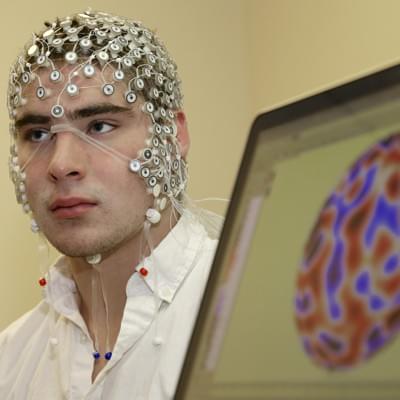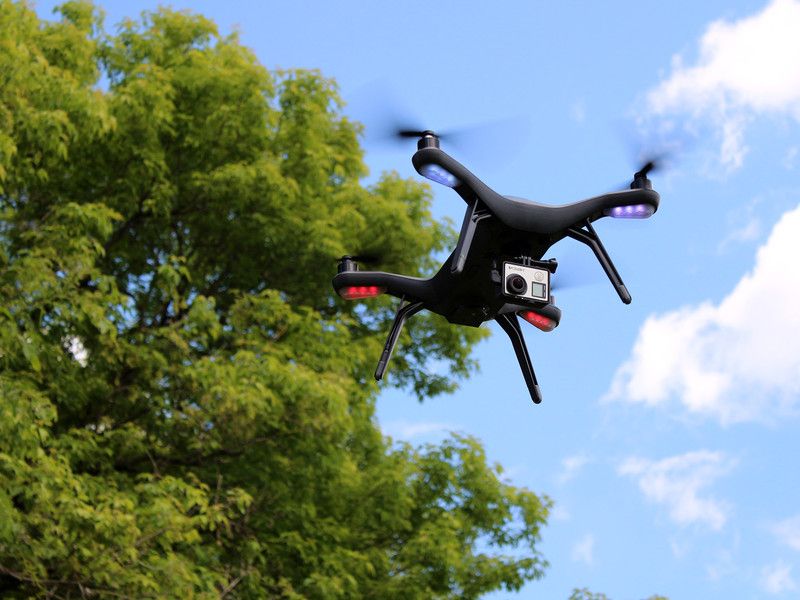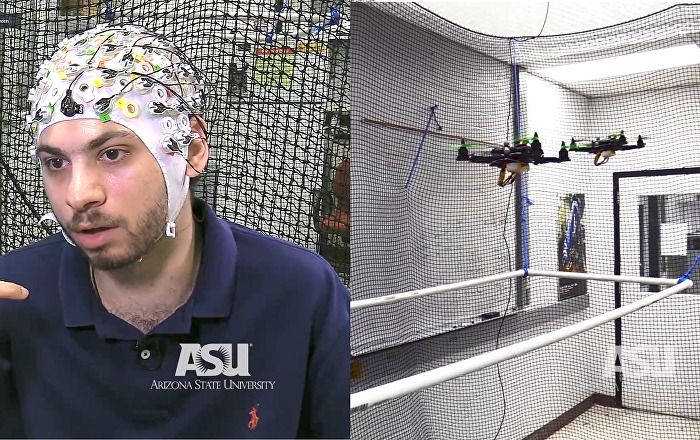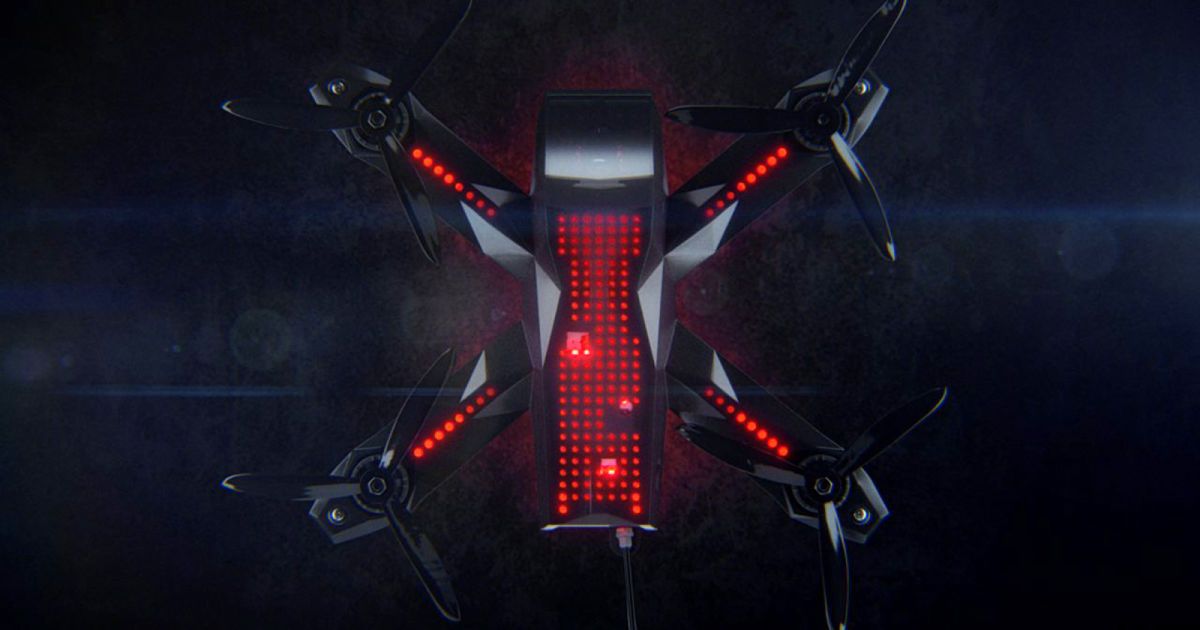The Navy will launch formal flight testing in 2021 for a new, first-of-its kind carrier-launched drone engineered to double the attack range of F-18 fighters, F-35Cs and other carrier aircraft.


Russian company GET (Global Energy Transmission) has pioneered a mid-air inductive recharging system that can charge up several drones at once without requiring them to land. Build enough of these stations, and you can have an army of drones in the air that never need to land.

ICYMI overnight: A little more than an hour after its launch window opened—the delay was due to remnant thunderstorms in the area—#SpaceX’s Falcon 9 rocket launched from Florida early on Monday morning. The rocket’s first stage made a flawless flight, and then descended to a drone ship in the Atlantic Ocean and safely landed.
The company has now flown 16 missions this year.


The US military’s Defense Advanced Research Projects Agency (DARPA) has created a brain-computer interface that enables a person to control everything from a swarm of drones to an advanced fighter jet using nothing but their thoughts and a special brain chip.
Life imitates art, in defense tech no less than in society. In the 1982 techno-thriller film “Firefox,” Clint Eastwood steals a fictional Soviet fighter jet called the “MiG-31 Firefox,” a Mach 6-capable stealth fighter he piloted with his thoughts. But now in 2018, the US military has gone even further: you can control a whole group of drones or fighter jets with your thoughts.

The U.S. Army is eyeing a system that traps military drones while they’re on the move, which could help the devices avoid detection by enemies.

Hmm. Drones that can be recharged by a laser. So how long could they fly before having to land? How about “never mind”? We can look forward to seeing this idea in action. New Scientist had a story on September 3 that the US Army was making a laser-powered drone to beast endurance hurdles.
The system in mind involves a laser shot from the ground that can power up a military drone mid-flight.
The Daily Mail said that this laser system would be beaming power to photovoltaic cells on the drone, and Futurism said that “The key is hitting a photovoltaic cell on the drone, which then converts the light from the laser into electricity. The Army hopes to be able to do this from up to 500 meters (.31 miles) away.”

While autonomous drones exist, they’re not usually what you’d call speedy when many skilled pilots could beat them in a race. Lockheed Martin and the Drone Racing League want to do better. They’re launching an AlphaPilot Innovation Challenge that will encourage the public to develop drone AI that can not only race at high speeds, but win. Competitors will have to build an NVIDIA Jetson-based AI system that can swiftly move through the League’s Artificial Intelligence Robot Racing circuit.

A prestigious $20,000 prize has been won by the designer of a futuristic ‘drone ambulance’. Vincenzo Navanteri, 34, from Italy was awarded the Prince Alvaro de Orleans-Borbon Grant, worth $20,000, at the 2nd FAI International Drones Conference and Expo held in Lausanne on 1 September 2018.
He won the grant to help him and his team develop their idea of a self-piloting drone ambulance that could carry a single person for up to 150km at 110km/h.
Collecting the award Navanteri, said: “It is a pleasure to receive this grant, and to use it for development. As a company it is what we need. And, more than my own business, it will support the general development of this type of technology.”